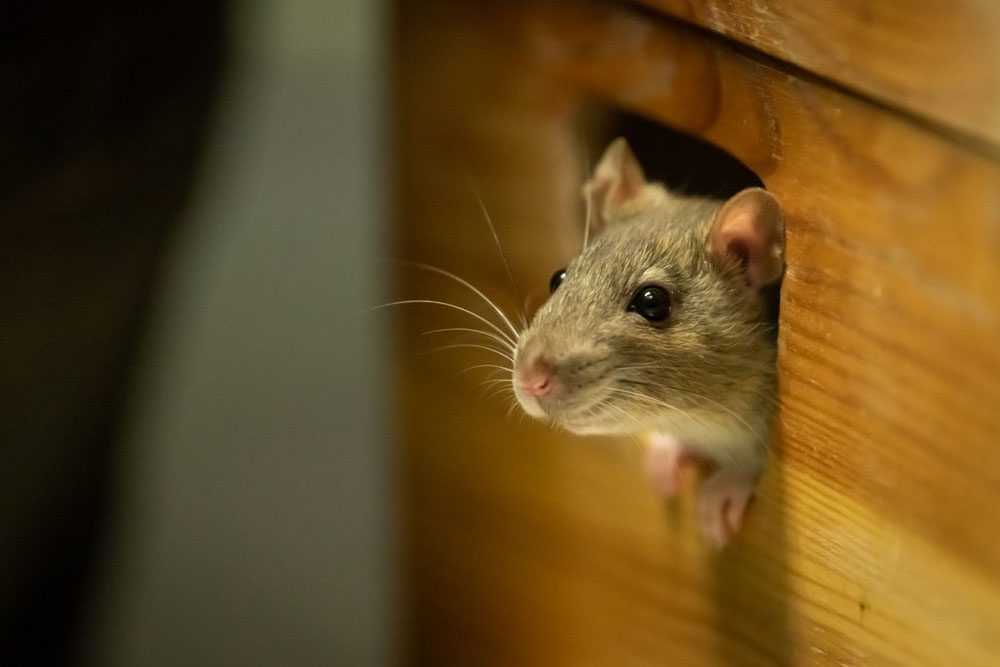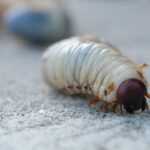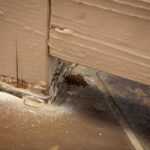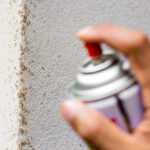Any homeowner dreads hearing noises coming from their attic. If you are hearing scratching or scampering sounds overhead, you might have some guests taking up residence right above you. Attic spaces are ideal environments for rodents, who can cause a lot of damage through their gnawing and burrowing habits. It’s important to contact a professional who can assess the situation for you before the infestation becomes worse and help with pest proofing your home. At PURCOR, we can professionally and safely eliminate any pests living in and damaging your attic through a thorough attic inspection. Read on to learn more how to look for the signs of pests in the attic.
Identifying the Source of Attic Noises
Identifying the source of attic noises can be a challenging task, but it’s essential to determine the cause of the noise to take appropriate action. Attic noises can be caused by various factors, including animals, wind, thermal expansion, and mechanical or electronic equipment. To identify the source of the noise, start by noting the time of day or night it occurs, the specific location in your home, and the type of sound you hear. This information can help narrow down the potential causes and guide you in taking the right steps to address the issue.
Common Causes of Scratching Noises
Scratching noises are one of the most common types of attic noises. These sounds can be caused by various animals, including rodents, squirrels, raccoons, and bats. Rodents, such as roof rats and mice, are notorious for making scratching noises as they scurry around the attic and gnaw on woodwork. Squirrels, particularly gray squirrels, also produce scratching sounds as they climb up and down walls and scamper across the ceiling. Raccoons and bats can contribute to the scratching noises as they move through tight spaces and explore the attic.
Animals that Make Attic Noises
Various animals can make attic noises, including rodents, squirrels, raccoons, bats, and birds. Each of these animals has unique habits and characteristics that can help identify the source of the noise.
Types of Animals and Their Habits
- Rodents: Rodents, such as roof rats and mice, are nocturnal creatures that make scratching noises as they move around the attic and chew on woodwork. They are also known to make scurrying noises as they navigate through the attic.
- Squirrels: Squirrels, particularly gray squirrels, are diurnal animals that make scratching noises as they climb up and down walls and across the ceiling. They also produce chirping noises to communicate with each other.
- Raccoons: Raccoons are nocturnal animals that make thumping noises as they move around the attic. They also produce raccoon noises, such as grunting and chirping, to communicate.
- Bats: Bats are nocturnal animals that make high-pitched chirping noises as they fly around the attic. They also make scratching noises as they crawl through tight spaces.
- Birds: Birds are diurnal animals that make chirping noises as they fly around the attic. They also produce scratching noises as they build their nests.
How do Rodents Get in the Attic?
While there are a number of nuisance wildlife that may access your attic, scratching sounds almost always indicate rodents such as roof rats. Although rats prefer to live in trees, they can easily move from the trees in your yard to your roof and eventually into your home for food and shelter reasons. Because they are resourceful creatures that can squeeze through the tiniest of spaces or even gnaw their way through, rats and mice can easily enter an attic. Once inside, they can quickly wreak havoc by chewing through wires that cause a fire hazard, leaving behind unhealthy droppings, and nesting in materials in the attic.
Signs of Attic Nuisance Wildlife Infestations
Because you may not have easy access to your attic, it’s important to stay vigilant in checking for signs of pests or rodents in your home.
- Scratching noises: This is the biggest indicator of rodents in your attic. If you hear scratching, running, gnawing, and crawling noises, it can also be heard in the attic or even in the walls of your home.
- Nighttime activity: If the noises you are hearing come at night, it is again very likely you have rodents inside the home.
- Strange smells: If you smell droppings or excrement prior to inspecting the attic, you may need to look for other signs of pests in the attic.
- Nests and droppings: Upon inspecting the attic, noticing nests made of leaves, sticks, and paper indicate rodents. The bigger the droppings in the space, the bigger the pest.
- Insulation issues: Pests, rodents especially, love ripping into the insulation of your home, typically that surrounding your HVAC system. Holes in your ductwork signal pests making their way through the attic into the walls of the home.
Investigating Attic Noises
Investigating attic noises requires a systematic approach to determine the source of the noise. Here are some methods to investigate attic noises:
The Knock Test and Other Methods
- The Knock Test: The knock test is a simple method to determine if the noise is caused by a rodent or other wildlife. If you knock on the wall while a rat is scratching, the noise will typically stop. Squirrels and other wildlife may not respond to the knock.
- Visual Inspection: Conducting a visual inspection of the attic can help identify signs of animal activity, such as droppings, gnaw marks, and nests.
- Camera Inspection: Using a camera to inspect the attic can provide visual evidence of animal activity and help identify the source of the noise.
- Listening: Paying close attention to the noise can help identify the type of animal making the sound. For example, scratching noises can indicate rodents or squirrels, while thumping noises can suggest raccoons.
By following these methods, you can identify the source of the attic noise and take appropriate action to address the issue.
Professional Attic Inspection and Pest Proofing Services
If you hear or notice any of the aforementioned signs of pests in the attic, it’s time to call PURCOR for professional pest control services. Rodents are destructive and can be dangerous, and an infestation should always be taken care of by a professional. Our removal experts will eradicate rodents quickly to keep your family and home safe. From there, we will help apply prevention methods to keep them out of your attic for good. Call us today to learn more about our pest-proofing methods!
"*" indicates required fields
"*" indicates required fields




